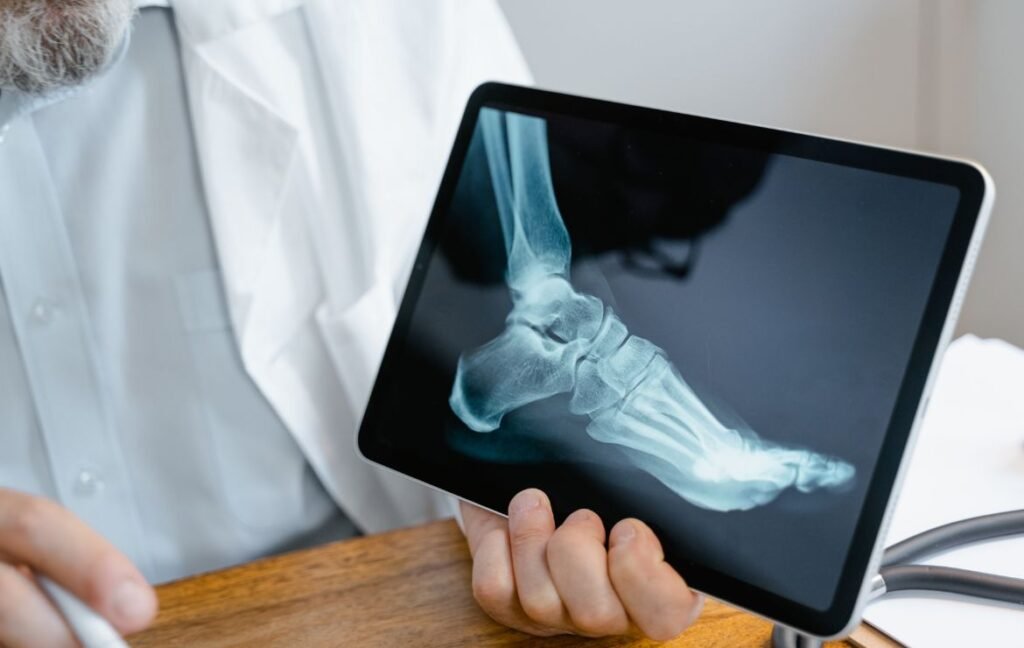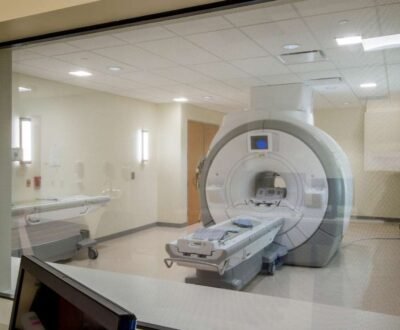Digital transformation is inevitable in healthcare. Radiology, in particular, is ripe for digital transformation because it is a data-rich discipline that can benefit from the application of artificial intelligence (AI) and other advanced technologies. In this blog post, we’ll explore the potential of digital transformation in radiology and how it can help improve patient care.

The digital transformation of radiology is inevitable
The radiology space is set to experience a revolutionary digital transformation. Teleradiology solutions are becoming increasingly popular as they allow for radiological services to span the globe. Furthermore, with the rise of artificial intelligence and machine learning, radiology departments are now equipped with advanced methods of quickly diagnosing illnesses and improving patient care. Digital radiology has already begun to revolutionize radiology departments, allowing for greater access to medical records and allowing radiologists to see clearer and more detailed images over extended distances — bolstering accuracy in early diagnosis and improved outcomes for patients. It’s clear that the digital transformation of radiology is inevitable — and it will be a cornerstone of advancing healthcare globally.
What does this mean for radiologists and the future of radiology
The advent of teleradiology and artificial-intelligence (AI) signal a sea change for radiologists. In the coming years, radiologists can expect more remote interactions with patients combined with enhanced AI-driven technological tools to increase accuracy of diagnosis. This shift may help radiologists become more efficient in their workflows, but radiologists will need to remain at the helm of decisions made with respect to patient care. Ultimately, this presents an opportunity for radiologists to reach new levels of sophistication and challenge themselves professionally while providing better outcomes or patients.
How can radiologists prepare for the digital transformation
As radiologists prepare for the digital transformation, there are a few must-do activities that can help set radiologists up for success. Firstly, radiologists must become familiar with teleradiology, which applies digital imaging to send radiographs across geographical boundaries. This new technology has revolutionized radiologic practice and made it possible to get images in remote locations. Additionally, radiologists should also stay informed of innovations in artificial intelligence (AI) and other digital tools that may soon be integrated into everyday diagnostics. Finally, radiologists should embrace continuing education opportunities on topics related to the digital transformation in radiologist so they can transition to working with these new technologies more efficiently and effectively.
What are some advantages of digital transformation in radiology
Digital transformation in radiology promises to revolutionize patient care and is already improving patient outcomes. With the advent of digitization, clinicians and radiologists can generate accurate reports faster than ever before and have access to real-time data from across the globe thanks to teleradiology technology. In addition, digital transformation can reduce errors related to transcription and help alleviate radiologist burnout by streamlining manual tasks thus allowing more time for patient review and engagement. Consequently, digital transformation in radiology offers great potential for both patient care improvement as well as improved bottom line efficiencies for hospitals.
What are some challenges that come with digital transformation in radiology
Digital transformation in radiology has several associated challenges. One is resources – resources are necessary to implement the digital transformation, whether it be financial resources to upgrade technology or resources related to creating technical proficiency. Additionally there is the often considerable expense associated with making the switch, both for equipment purchases and professional development training. The availability of key personnel, such as radiologists, who understand both the medical demands and technical demands of digital radiology is another issue that must be addressed. Finally, technology can pose a challenge; systems must operate efficiently and effectively in order for digital transformation to be successful.
Overall, the digital transformation of radiology is an inevitability and radiologists should be fully prepared for it. Modern teleradiology solutions can help overcome many challenges that may arise during this process, and experts in the field need to stay aware of the latest advances that are being made in technology, best practices and regulations to remain competitive. Radiologists shoulder a great responsibility in healthcare, so their training must keep pace with the times. By staying on top of these fundamental changes, radiologists will be able to deliver holistic diagnoses quickly and efficiently. As new advances become available and organizations shift into digital space, it is essential for radiologists to not only accept but also embrace them for taking medical care to the next level. So if you are looking for teleradiology services best suited for your practice requirements, visit us today!
About us and this blog
We are a teleradiology service provider with a focus on helping our customers to repor their radiology studies. This blog brings you information about latest happenings in the medical radiology technology and practices.
Request a free quote
We offer professional teleradiology services that help hospitals and imaging centers to report their radiology cases on time with atmost quality.
Subscribe to our newsletter!
More from our blog
See all postsRecent Posts
- Understanding the Challenges of Teleradiology in India January 19, 2023
- Benefits of Teleradiology for Medical Practices January 16, 2023
- Digital Transformation of Radiology January 2, 2023









